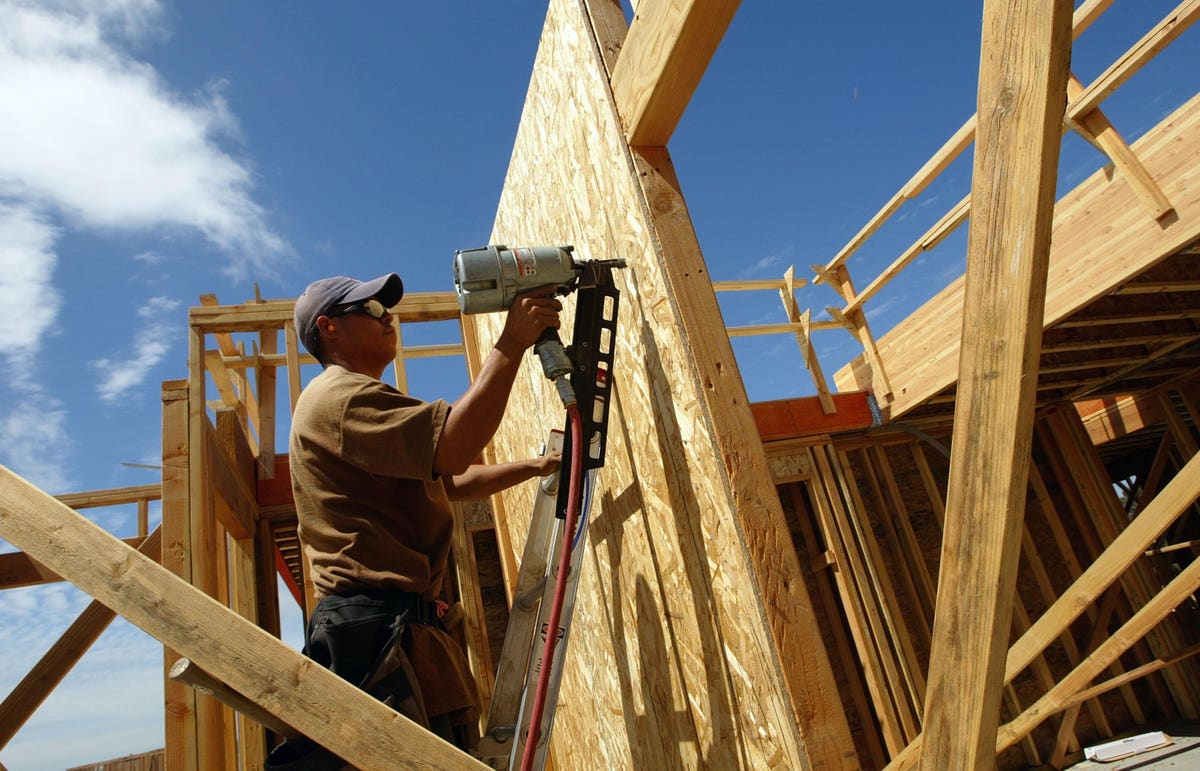After a long stretch of increases, in May 2023 rent prices dropped for the first time since Covid, according to the June 2023 Rent report by Rent.com. However, the U.S. housing market is still short 6.5 million homes, as reported by CNN. Data from Freddie Mac shows that not enough homes are being built to keep up with the number of new households that are forming.
If rents have been rising until recently, and there is a dramatic housing shortfall, the question is: why are developers not building more housing? The answer is multi-faceted and must address both affordability and development factors.
Among Americans, 61% say they cannot afford a home, as reported in A Dime Saved. Moreover, one in five believe they’ll never be able to secure a house for themselves. At the same time, developers often pursue housing projects when they can see clear opportunities. In places where conditions are favorable for building and there is a demand for housing, contractors may be more likely to create and sell properties. Simply put, building more homes could resolve shortages and even drive down rents.
The following points can help shed light on why more housing is not being built, along with ways to create more opportunities for Americans to find homes at prices they can afford.
Land and Building Conditions
After years of development projects, it can be difficult for contractors to find a place to build in certain regions. Some municipalities might not have a large supply of land available for development. In other communities, there can be a case of NIMBY (“Not in My Backyard”), which reflects a sentiment among residents who oppose new structures. Cities may have density caps in place too. A floor-area ratio (FAR) cap exists in New York which allows residential buildings to be up to 12 times the size of their lot.
Developers typically ask questions regarding regulations before moving forward with a project. While zoning may be necessary in some places, if it is less constrictive, it could be an incentive for new projects. For instance, investors might find places like Houston, Texas, to have fewer restrictions on height and density.
Financing Factors
Historically, development has always been viewed as one of the most speculative types of financing. Today, with the recent bank failures and the resulting increased pressure on lenders, issuing loans for construction could carry even more risk. Lenders may prefer to grant financing options to existing apartment buildings, especially those that are already cash flowing.
Higher interest rates can play a role too. Developers who are interested in projects such as building rental housing and selling the finished product will be calculating the sale price that they’ll be able to get on the market. With rising interest rates and cap rates, along with investors seeking higher returns, the value of the completed project is being pushed down. Until there’s a reduction in land prices, it could be difficult to justify building, especially if developers feel there’s not enough of a margin to complete the project and resell it.
Tax Incentives
Developers may shy away from projects if there are not favorable tax advantages offered. In New York, for instance, there was a 421-a tax abatement which expired in 2022. This program gave developers a 35-year tax abatement in exchange for providing 25% to 30% of the units at affordable rents. After the program expired, developers were less likely to take the risk and build projects knowing that upon completion, they’ll be fully taxed.
In June 2023, a senate bill in Florida was signed by Governor Ron DeSantis which provides ample opportunities for developers in the state. The bill invests $711 million for housing projects and programs throughout Florida. It provides multifamily developers and owners with access to property tax exemptions and tax credits.
Incentives like this tend to drive up construction. If developers are able to include tax relief in their business plan, it can spur them on to create housing options for a community’s residents. Thus, local governments that provide tax abatements and incentives could attract a new stream of construction projects.
Rent Regulations
In some states like New York, California, Oregon, and Minnesota, there are limits in place regarding how much rent can be raised on a property. If rates are capped, there can be downward pressure on the pricing of the finished product. When developers believe they won’t be able to create units that accommodate market rate increases, it can chill their appetite to build.
However, when rent regulation is removed, it can help level the playing field and lower rents across the board. In Boston, after the rent control was lifted, the single greatest housing and development boom in the history of the city occurred. Rather than increase rents as feared, the new construction actually led to a decline in housing prices.
Transit-Oriented Opportunities
In New York, the Regional Plan Association is working to promote the construction of new homes near transit stations, in an effort to ultimately make housing affordable and stable. The concept includes taking under-utilized parking lots and building properties that are adjacent to major infrastructure and transportation.
In areas where more people are using ride share services, walking, biking, or working remotely, there may be less need for large parking spaces. These spots could be converted into housing for residents who want to be near access to amenities and public transportation. Developers could take advantage of the building projects to provide healthier, sustainable options for communities.
Without a doubt, in some places a housing crisis is underway. In New York City, for example, Mayor Eric Adams has stated that there is a need for 500,000 new units. Moreover, the Real Estate Board of New York calls for 530,000 units by 2030.
While there is certainly a demand for affordable options, there is also interest in market rate housing. As such, the answer to the housing crisis could be more housing at all different affordability levels. The more housing you have, the more it can level the playing field and lower rents across the board.
Read the full article here










